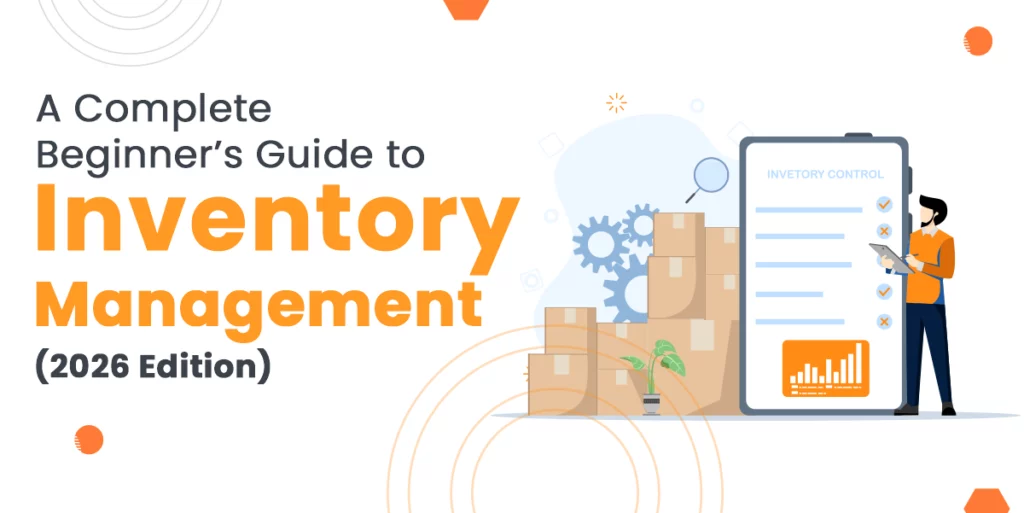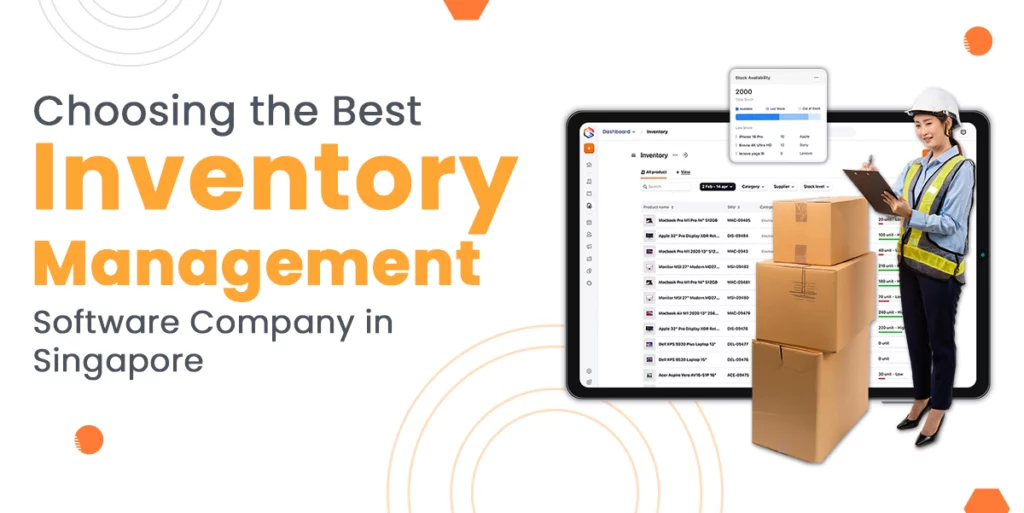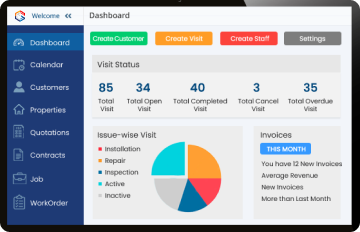In the current era, technology is the key to move forward. And when we talk about technology, we can’t forget the software. A software can help you streamline your company process, conduct your operations fruitfully, and accelerate your business success. It can ensure that your company is moving ahead in an efficient and timely manner.
But with so many options available out there, it is worth learning how the software development process actually takes place. Where digitization has made it possible to enhance the business processes, higher efficiency requires you to have appropriate software in place. In the following blog, we will take you through everything that goes behind in creating useful software. So stick with us and read on.
What is the software development process?
Software development is a process involving the designing, analysis, management, deployment, and maintenance of software. The software development process relies on a practical methodology employed by the project team to develop and maintain the software. There are various stages in software development, which can vary according to the method. However, some steps are common in all the software development processes.
The stages involved in this process are collectively known as the software development lifecycle or simple SDLC. In traditional methods, every step consists of output, either in the form of an idea, diagram, piece, or document, which is then used in the next step as an input. There are seven critical stages of SDLC. They are highlighted below:
- Analysis and Planning
This stage involves planning once the stakeholders or customers have presented the ideas of the project. This includes alignment, resource allocation, project scheduling, and cost estimation. The planning phase is essential, so the rest of the project can run effectively.
- Requirements
In the next step, it is crucial to outline all the technical requirements of the project. After all, every application starts with a customer problem. By describing this problem, the project can be designed in a far more effective way. In this stage, the development team is expected to outline the issue, the target customers, the required data, if integrations with other tools are needed or not, and the matter of security.
- Design and Prototyping
Once the requirements are outlined as well, the development team can them move to designing and prototyping. In this stage, the development team is required to create simple wireframes, showing how the interactions in the software will actually take place. The team can also perform design sprint to see how the application will turn out in front of the users.
- Development
In this phase, the software is built according to the requirements and required design. This phase is quite challenging because extensive work is needed at this stage. This phase varies according to the type of software and methodology being used.
- Testing
In testing, the software needs to be checked for any specific bugs. The in-depth testing allows for evaluating how the software is working. It is particularly important that the software is not buggy because the bugs can prevent the software from performing its actual function.
- Deployment
In this stage, the code is pushed towards production. Many companies use various deployment models or Application Release Automation (ARA) tools in this stage to progress in this stage.
- Maintenance and updates
One thing that needs to be remembered that once the software is completed, the process isn’t over. It is a lifecycle, after all. Even when the software is deployed, it may require maintenance and updates after some period of time. People can request new features or bugs can arise.

Types of software development methodologies
Software development company in Singapore and beyond use various methodologies when it comes to software development. Each method is used for a specific purpose. Each one of them has certain benefits and disadvantages. Here are some methodologies highlighted below:
- Agile Development
This methodology is mostly used when the software has to be released in iterations. The iterative releases allow the teams to improve their efficiency by fixing the defects and working on a different set of expectations efficiently. This method starts with effective planning. It then goes on to iteration. With every element of the software deployed, the software can be considered to be fully delivered. However, this method is not useful for large organizations.
- DevOps Deployment Methodology
This methodology involves a different set of practices that can enhance collaboration and communication between other organizational departments. The constructive process ensures that there are lower risks of failures, less lead time between fixes and minimal disruption. In this way, this methodology is responsible for automating continuous deployment.
- Waterfall Development Method
In this method, a very rigid linear method is employed for the development of the software. It usually consists of the following processes: requirements, design, implementation, verification, and maintenance. Each phase is dependent on one another. The rigid nature of this method ensures that the software is developed in a constructive manner. However, this method can be slow and costly, as well.
How to choose a software development company
Many companies offer software development services. But how can you be assured that the company you are working with is the right one? You can always evaluate the brand image of the company to start with. In doing so, you can check the company’s website and see the testimonials from other customers. You can also get referrals from others when choosing the company.

One of the best ways to evaluate a company’s suitability is by actually discussing the project with them. The way customer service acts and the software team listens to your project can tell a lot about the company. The company should be willing to work on your unique requirements, understand different software systems, and provide valuable insight. You can also go through the company portfolio to see its previous projects.
What is custom software development?
Custom software development is an essential process of developing truly personalized software. It involves all the primary stages, just like any software development process. However, it is different in the sense that the development team can work entirely on your requirements.
Custom software development, in this way, allow organizations to develop their own set of software. Where off-the-shelf software might still be used, a custom software makes it easy for the organization to meet their specific needs.
How do I find a custom software development company?
Custom software development is usually conducted by an in-house team or outsourced to a third-party development company. Therefore, it is essential to choose the right company if you are willing to get your very own software created. The company you select should have the technical expertise and knowledge required to work on your project.
It should be communicative and collaborative, allowing you to be part of the process. Most importantly, the software development team should be willing to listen to you and work on your requirements.
Benefits of custom software development services
Here are some key benefits of customs software development:
- Optimized business processes
Every organization work in its own way and has a different business model. Customized software can target these unique needs and ensure that the company continue its operations in a streamlined manner.
- The right investment
A custom software might cost a little more at the start. But it is the right investment for the long run. This is because it allows the companies to increase efficiency in their operations and work on their unique problems.
- Truly personalized
Off-the-shelf software comes with many features that are not needed by the business. They might not be upgraded according to the dynamics of the industry as well. On the other hand, custom software can have all the features that are needed by the company.
What is inventory management software?
Inventory management software is part of custom software development

Inventory management software is just custom software that helps the businesses in adequately managing their inventory. Companies rely on effective inventory management in order to run their operations effectively. The use of inventory management software can cut the needs of the paper and optimize the complete process. Many companies are already using warehouse management systems in order to track their products, create invoices, and report on their stocks.
Benefits of inventory management system for small business
An inventory management system for small business works like a charm. Many businesses experience issues when they cannot keep track of how much stock is available in the warehouse and how much is needed. The company needs to have this knowledge in order to keep track of its ordering process. By relying on manual paperwork, companies will end up wasting huge chunks of time in finding the right data. Instead, an inventory management system provides information and reporting on one click. It makes it easy to keep track of the inventory in real-time and make effective decisions.
In The End
If you want to run a business successfully, then you simply need custom software. By doing so, you will be able to increase the profits, enhance productivity, and make efficiency a reality.







